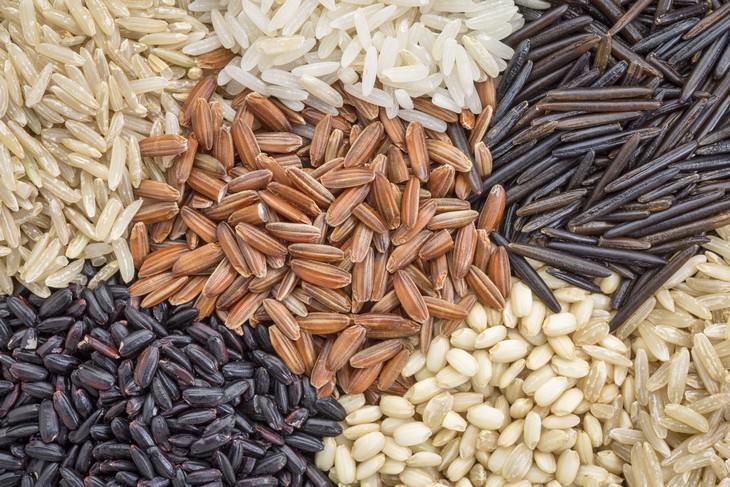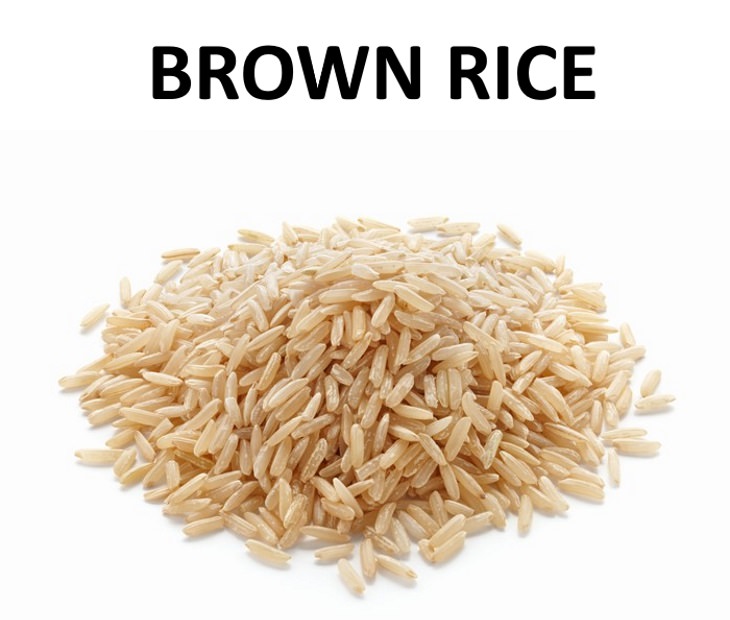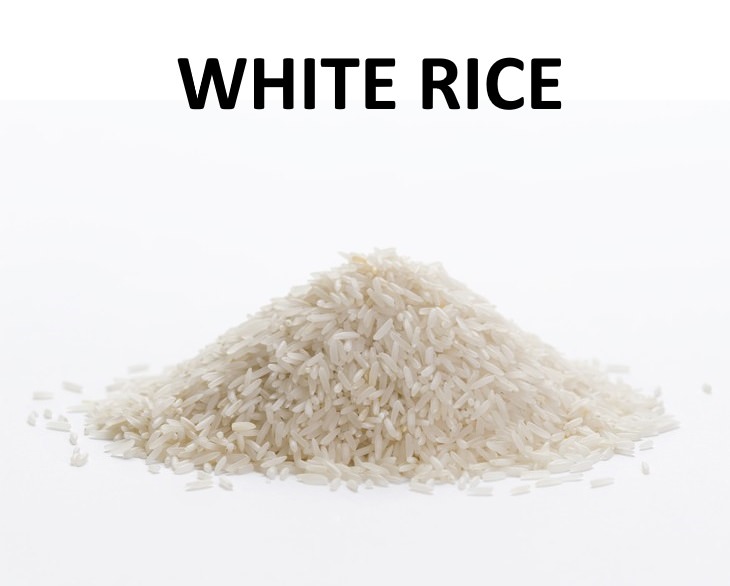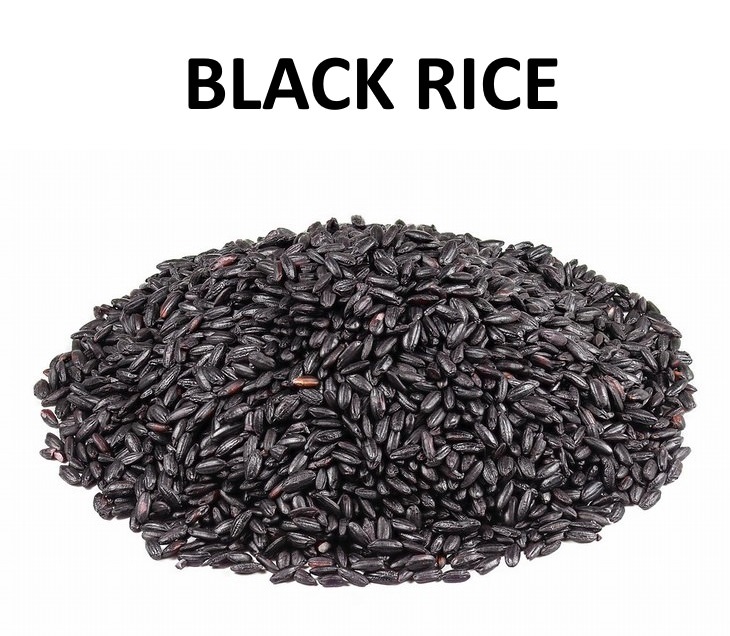Rice
is the staple of kitchen staples, and it likely sits in your cupboard
right now, front and center. What many people don’t know about this
popular food is that different rice varieties have a different nutrition
content, and while some can really boost your health, others are less
impressive or even harmful to your health.
Here are the main rice varieties and their nutritional benefits (or harmful effects):

1. Brown Rice
We
started off this list from a fairly popular kind of rice that you can
often find in stores along with white rice: brown rice. Brown rice
differs from white rice by being less-processed, as, unlike white rice,
it doesn’t have the bran and the germ removed.
This
makes it more nutritious compared to white rice, as these parts contain
a lot of beneficial nutrients, such as quercetin, luteolin, and
apigenin. 

These
nutrients can lower the risk of degenerative diseases, like heart
disease and some cancers. Apart from that, brown rice contains 3 times
more fiber and more protein in comparison with white rice.
This
can help you feel fuller longer, as well as help your digestion.
Finally, it’s rich in magnesium and can help prevent spikes in blood
sugar, which can make it safe and beneficial to diabetes sufferers, as
shown in a recent study.
2. White Rice
As
we hinted above, white rice is the most purified form of rice, as it
has the husk, the bran, and the germ removed during processing. At the
same time, it’s the most widely-available rice variety, as the
processing extends the shelf life of the product while simultaneously
stripping it of many nutrients.
The
final product is not only less nutritious, as it contains less fiber,
minerals, vitamins, protein and antioxidants, but also less filling.
This is why rice is high up on the glycemic list and is not safe for
diabetics.
Furthermore, it has been investigated that consuming a lot of white rice can increase your chance of developing type 2 diabetes.
This
is not to say that you should completely cut out white rice from your
diet, an occasional bowl of white fluffy rice or sushi won’t affect your
health, but you do have to keep in mind that eating white rice every
day may harm your health.
3. Black Rice
In
ancient China, this type of rice used to be a delicacy reserved only
for royalty, which is why it also bears the name of forbidden rice. When
cooked, the sheer black coloring of the rice changes to a dark purple.
There are many kinds of black rice, all of which are the richest in
antioxidants in comparison with other rice varieties.
This
means that black rice can help fight off the effects of oxidative
stress and may deter the progression of age-related degenerative
diseases, including but not limited to heart problems, cognitive decline
and type 2 diabetes.
Apart
from that, black rice is especially rich in anthocyanins, flavonoid
plant pigments associated with an array of anti-inflammatory and
anti-cancer properties.

